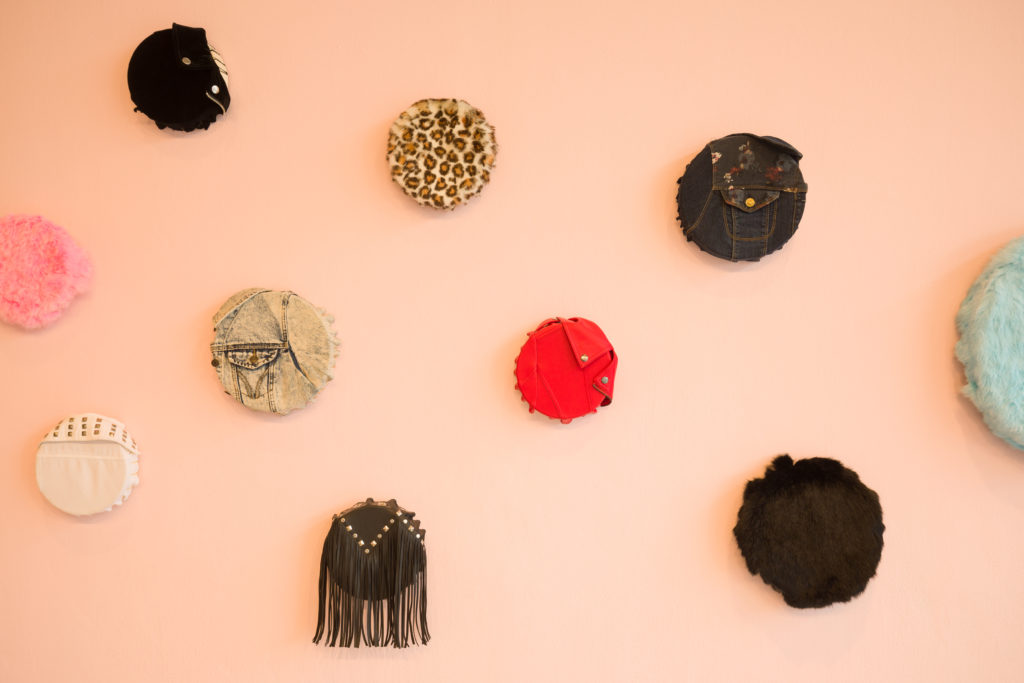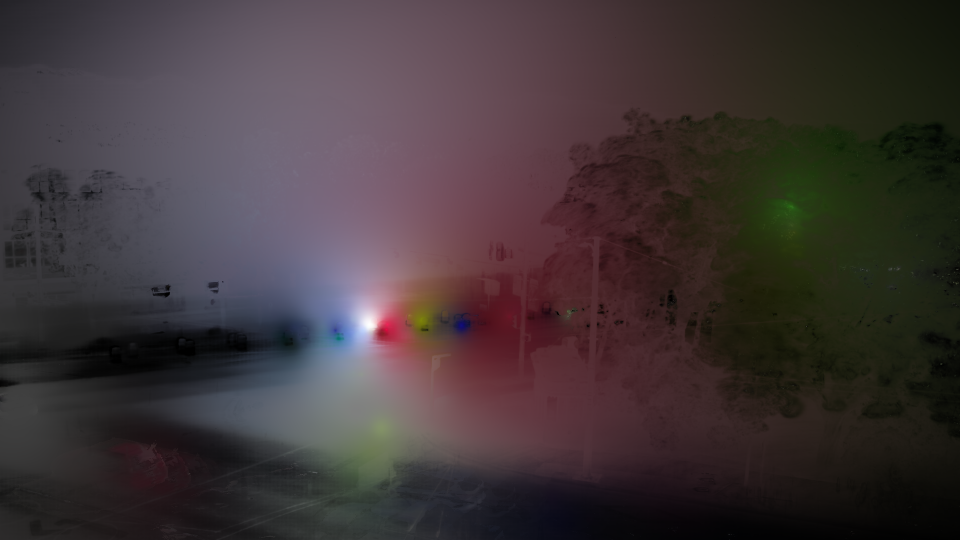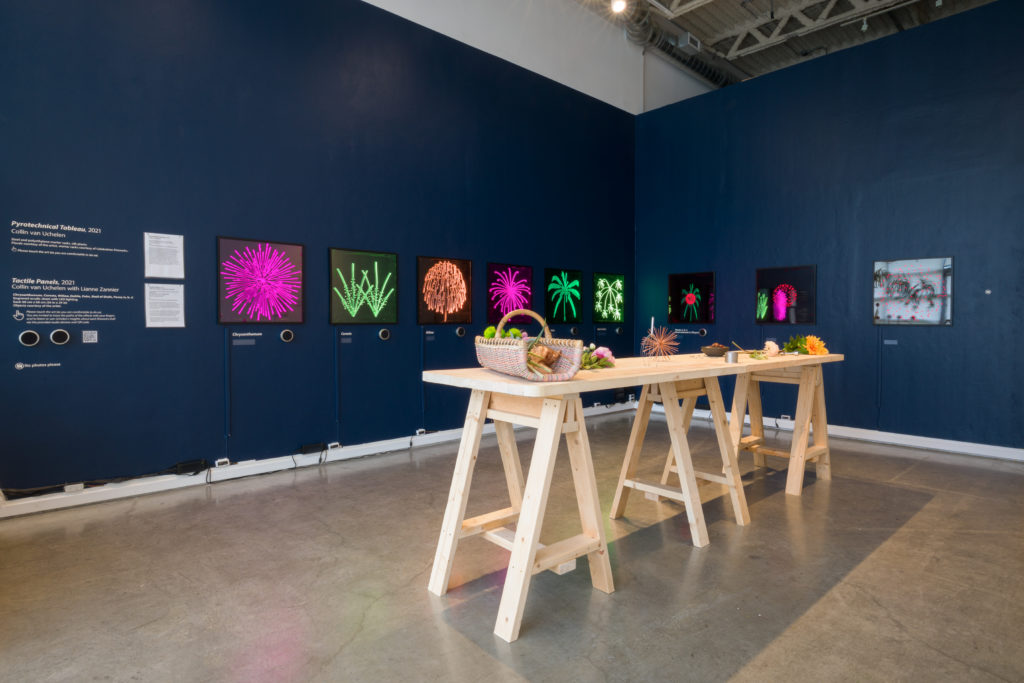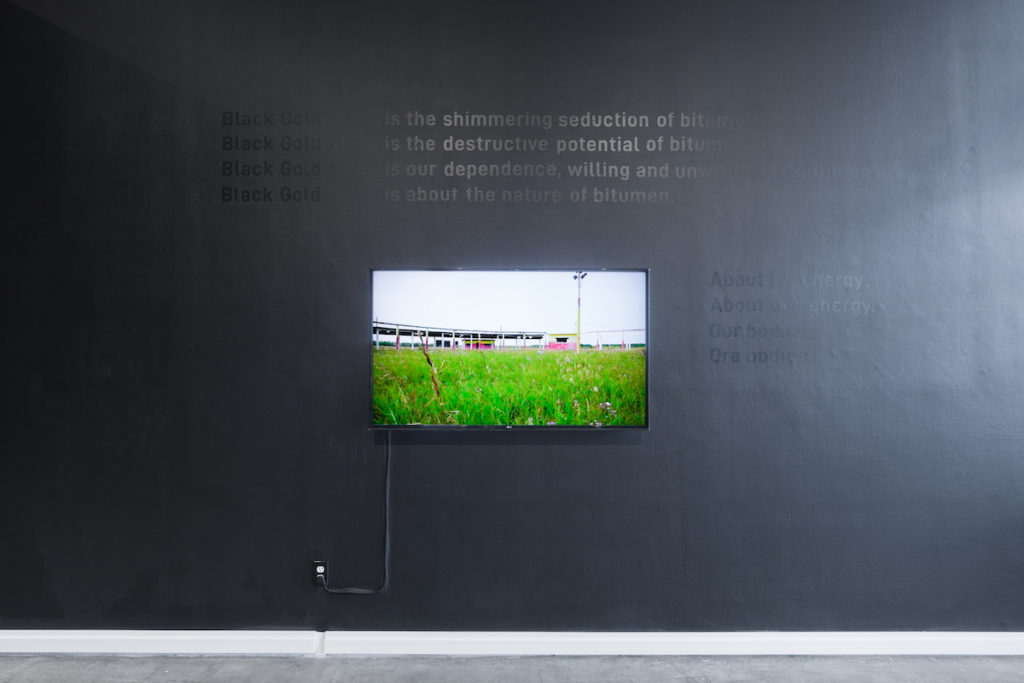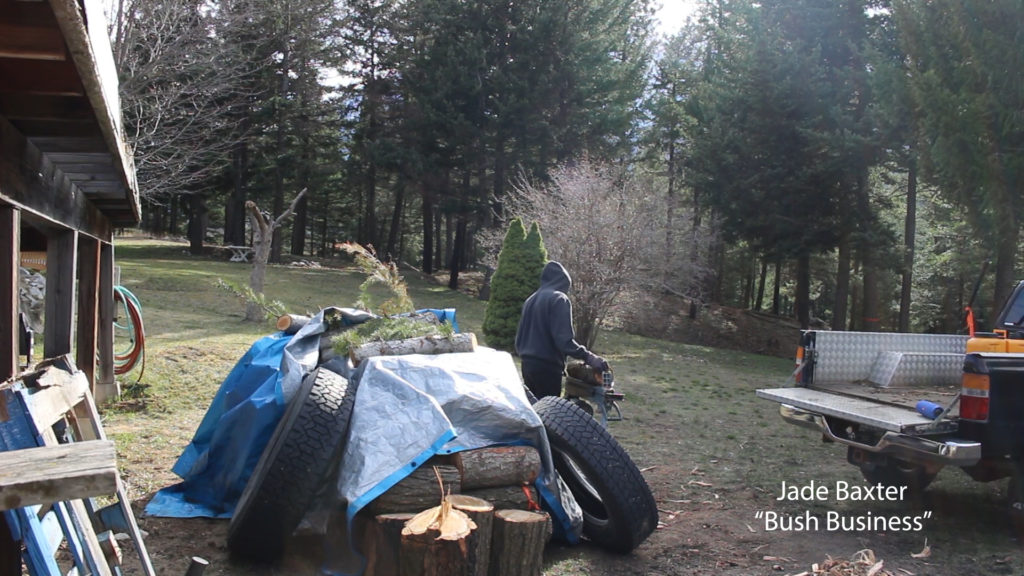Smokes, Sings Loud
By Lori Blondeau and Michelle Sound
February 4th—March 12th, 2022
Curated by Dan Pon, Whess Harman and Vanessa Kwan
Artist Talk: February 24th, 6pm PST, online
Smokes, Sings Loud celebrates the wit, wisdom, and warmth of NDN Aunties through the work of Lori Blondeau (Cree/Saulteaux/Métis) and Michelle Sound (Cree and Métis), two artists whose work draws from and feeds back into deep and embodied community connection. Featuring Blondeau’s 1999 performance work Bleached, and Sound’s Deadly Aunties series from 2021, the exhibition looks across time and relations to make connections between the fierce, close care among kin with meaning in the wider world: that this love, in all its toughness, humour and tenderness, is also resistance.
Chosen family and ‘art aunties’ to so many, Blondeau and Sound make work that celebrates the matriarchs in their lives, a continuum of which they themselves are part of. Together they have done much to create possibilities and guide their communities, keeping their kin out of the bad trouble—and nudging them into the good kind. As a resistant (reluctant?) archetype, Auntie shows you the way from an early age, they teach you how to be tough as leather and soft as rabbit fur. When you think you know everything there is to know they put you in your place with a side-eye or a one-liner, and then they generously teach you more. In this spirit, Smokes, Sings Loud presents new and archival works that speak across generations, with razor-sharp wit and style to match.
Pairing a contemporary sculptural textile practice with performance from the grunt archive, the exhibition considers meaning in memory: how a piece of fabric, a pattern, a song, or a smell might evoke a story or a feeling with no beginning or end but that is no less telling for it. Blondeau’s Bleached reminisces on matrilineage, internalized racism, and nitpicking get-togethers with touching sentimentality and astringent humour. Sound’s Deadly Aunties series is a material homage to auntie’s closet: buckles, fringe, and big cat prints on fierce fits for a night out or a run to the gas station for smokes. Sharing space, these works invite one into the sphere of the bold domestic, and offer a chance to reflect on and pay respect to those who looked out for you. Here, struggle transforms, shines bright.
Click here for a PDF of the exhibition catalog.
Click here for an audio description of the visuals in the exhibition.
Click here for the exhibition floorplan.
Michelle Sound is a Cree and Métis artist, educator and mother. She is a member of Wapsewsipi Swan River First Nation in Northern Alberta. Her mother is Cree from Kinuso, Alberta, Treaty 8 territory and her father’s family is Métis from the Buffalo Lake Métis settlement in central Alberta. She was born and raised on the unceded and ancestral home territories of the xʷməθkwəy̓əm (Musqueam), Skwxwú7mesh (Squamish) and Səl̓ílwətaʔ/Selilwitulh (Tsleil-Waututh) Nations. She holds a Bachelor of Fine Arts from Simon Fraser University, School for the Contemporary Arts, and a Master of Applied Arts from Emily Carr University Art + Design. Michelle is currently an Indigenous Advisor at Douglas College and has taught workshops as a guest artist at the Richmond Art Gallery and the Contemporary Art Gallery.
She has exhibited her artwork in Moving Throughlines (Seymour Art Gallery) and Winter Pandemic (SoLA Contemporary Los Angeles). Public art pieces include a utility box art wrap for the City of Vancouver and a painted mural exhibition in Ottawa (2018) nākateyimisowin/Taking Care of Oneself, Curated by Joi Arcand. Michelle was a 2021 Salt Spring National Art Award Finalist and has upcoming exhibitions at the Art Gallery of St. Albert, Neutral Ground ARC (Regina) and Daphne Art Centre (Montréal).
Lori Blondeau is Cree/Saulteaux/Métis from Saskatchewan, Canada. Since the 1990s, Blondeau’s artistic practice in the fields of performance, photography and installation, along with her curatorial work and activities as co-founder and Executive Director of the Indigenous art collective TRIBE, has proved decisive to the ever-increasing centrality of Indigenous art and knowledge production in Canada. With her performances, which include Are You My Mother? (2000), Sisters (2002) and States of Grace (2007), and photographic work, including COSMOSQUAW (1996), Lonely Surfer Squaw (1997) and Asinîy Iskwew (2016), Blondeau’s practice both as a solo artist and in collaboration with fellow visual artists demonstrates a clarity of focus which is remarkable for its precision, humour and strength. Her photographic and installation work has been exhibited in group and solo exhibitions. Her performance pieces have been showcased at Nuit Blanche (Saskatoon and Winnipeg), VIVO (Vancouver), the Art Gallery of Ontario (Toronto) and the 2007 Venice Biennial. Blondeau has participated in panel discussions and given lectures at the AGO, the University of Saskatchewan (Saskatoon), the IAIA Museum of Contemporary Native Arts (Santa Fe) and the 2020 Sydney Biennale. Since 2018, Blondeau is an Assistant Professor of Indigenous Art at the University of Manitoba School of Art. Blondeau was a recipient of the 2021 Governor General’s Award in Visual and Media Arts.
Image: Michelle Sound, Deadly Aunties, 2021. Image by Dennis Ha.
